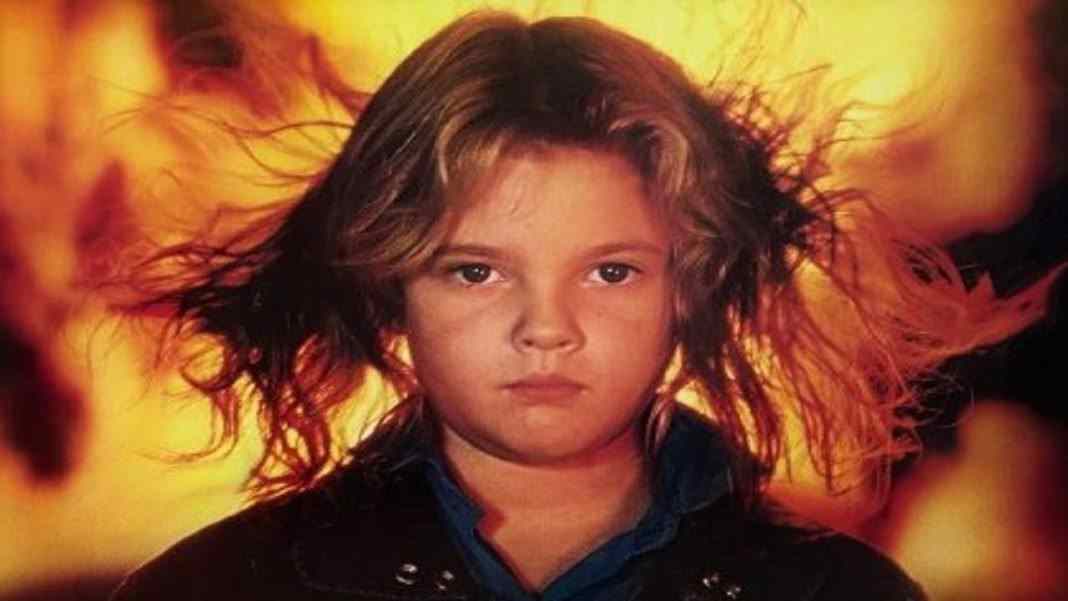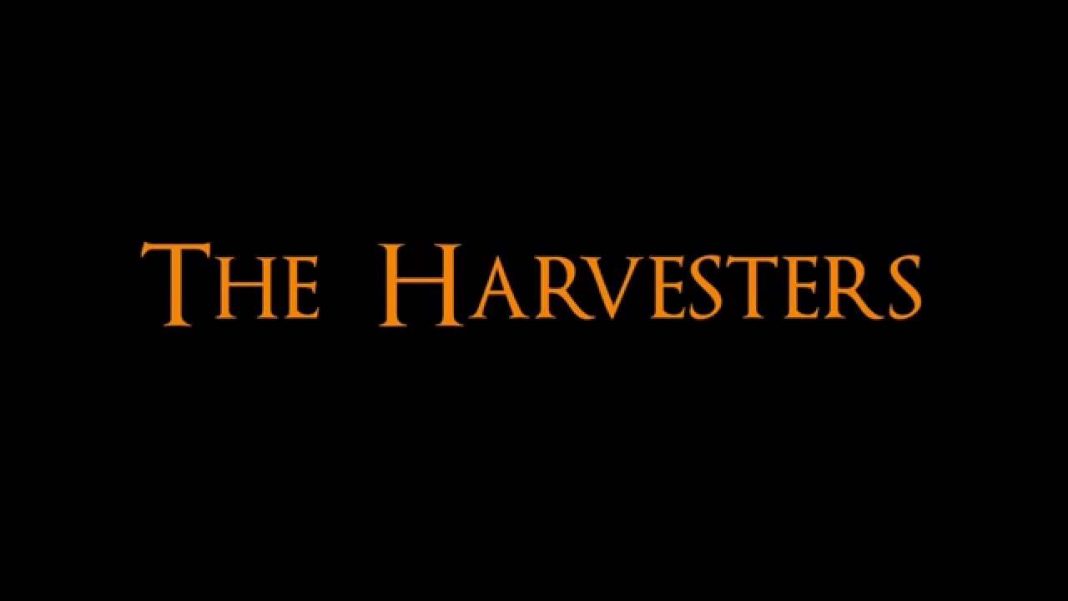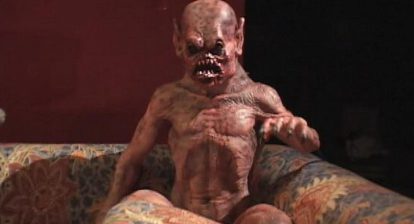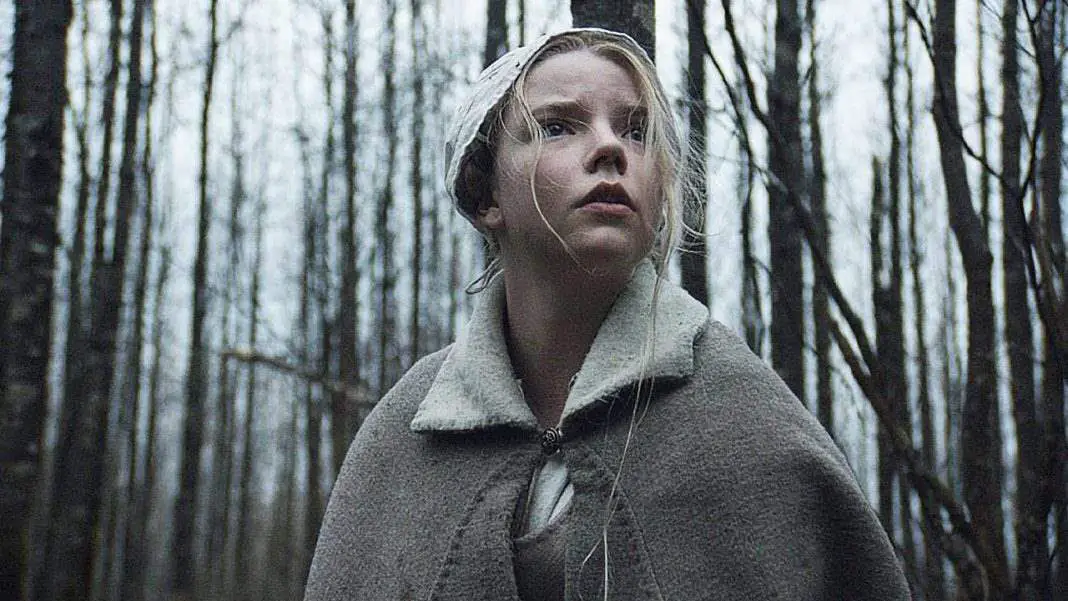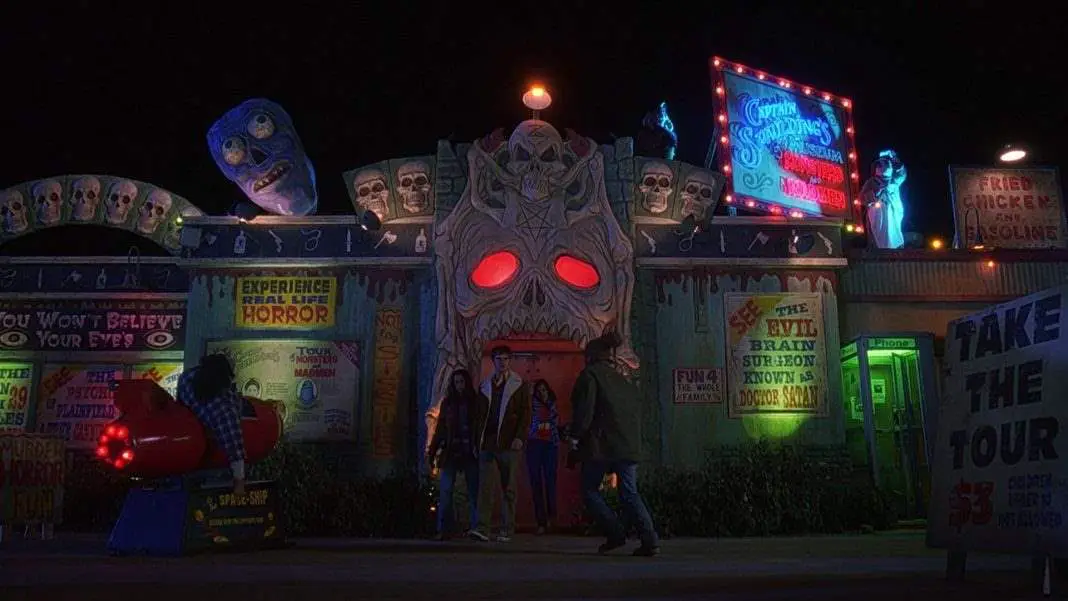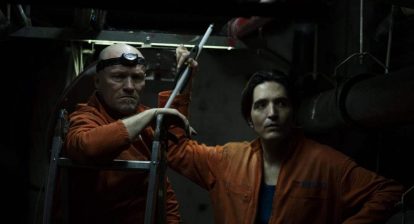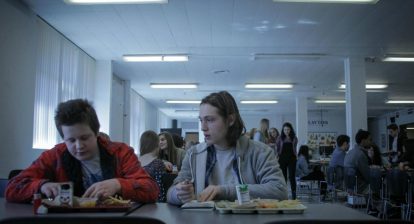Welcome to Back to the ’80s. This recurring feature aims to take a look at the good, the bad, and the ugly from horror’s most beloved decade. Regardless of which category a particular film falls under, this segment will spotlight films that horror fans can appreciate for one reason or another. We will look at how some of these flicks have stood the test of time and others have not aged quite so well. Regardless of what they look like today, these efforts from the 1980s laid the groundwork for the horror genre as we know it today.
Two college students (David Keith and Heather Locklear) participate in a group experiment conducted by secret government agency The Shop. The pituitary glands of all involved are tested with a drug called Lot Six. Varying degrees of supernatural powers emerge from the participants. The two students fall in love, culminating in an unexpected result: a daughter with her own special powers. These include telekinesis, telepathy, and pyrokinesis. The Shop wants the little Firestarter for their own needs and are willing to do anything to get her back.
In comparison to other works adapted from Stephen King, Firestarter has typically been left by the wayside. This is unfortunate because the 1984 film directed by Mark L. Lester is a sincere effort that is at times entertaining and heartbreaking. The feature forms an amalgamation of King’s major themes up to that point. The workings of a behind-the-scenes government. A kid with supernatural powers who must fight back against the oppressive forces in his or her life. Firestarter’s Charlie McGee (Drew Barrymore) is as strong, if not stronger, than most of King’s other adolescent powerhouse players. She has Carrie White’s telekinesis as well as Danny Torrance’s telepathic shining abilities. Additionally, she has one more boiling hot tool to use in her bag of tricks.
Firestarter is also noteworthy in terms of its influence on contemporary media. A strong example would be Stranger Things. The Netflix series uses a score that sounds similar to the one developed by Tangerine Dream for Lester’s film. Other elements between the two works include a secret government agency and even the character of El. She is also a young girl fighting against that government to obtain her freedom. The series and the film are telling different stories. Nevertheless, without Firestarter, one can argue that Stranger Things would likely not be the same.
Drew Barrymore leads an impressive cast. And her performance as Charlie McGee makes the notable group appear a low-burning flame compared to her blazing delivery. Her charming charisma anchors the movie. Furthermore, she manifests a genuine frustration, anger, and sense of loss. She succeeds in demonstrating the necessary dramatic flair. Barrymore also displays her ironic wit in telling the head of the shop (Martin Sheen) to “go to hell” in an entertaining exchange. When Charlie is asked to set fire to a pile of wood chips, she declares sarcastically that The Shop should have given her something more challenging. It would be difficult to imagine any of her contemporaries in the role. Especially considering the heartbreak and revenge emerging from her performance in the climax.
Martin Sheen portrays Captain Hollister. He is the authoritative presence at The Shop. Sheen allows the Captain to demonstrate a multifaceted persona. Appearing a wholesome nice guy right before ordering a person’s assassination. He is one that is willing to do whatever it takes to get what he wants. David Keith does a suitable job as Charlie’s father, Andy. Although upstaged by his younger co-star, Keith’s performance is believable enough to understand Charlie’s response to him. Louise Fletcher and Art Carney depict a farming couple tasked with providing temporary sanctuary for the McGees. Heather Locklear portrays Vicki McGee in her first role in a feature film.
The most interesting of the supporting cast is George C. Scott as John Rainbird. Scott’s performance unveils a cold-blooded killer with insidious intentions. Rainbird’s genuine affection for Charlie is what makes him truly sinister. This love makes him want to kill her more than his usual targets. He is unemotional in the rest of his interactions and only comes alive when with Charlie.

There was a four year gestation period between the release of the novel and the film’s theatrical debut. In that time, Stephen King approved an earlier script penned by Bill Lancaster. The screenplay took a chronological approach, instead of using flashbacks as in the final product. Opening with Andy and Vicky at college participating in the experiment. The feature would continue as Charlie was growing up and her parents dealt with her unusual gift.
The original draft included several items from the novel that are missing in the film but also made a number of changes. A female scientist named Rahv would have replaced the character of Rainbird. The gender swap would be interesting, except that it alters Charlie’s motivation to cooperate. She is pining directly for her father, and Rainbird fills that position in her life. Rahv’s interest is from a technical standpoint. Rainbird’s intentions (at least in his mind) have a religious connotation.
The original scripted ending takes the viewer beyond suspension of disbelief. In this genre, the general audience understands the fictional aspects portrayed. A little girl lights fires with her mind. The viewer signs up for that. However, in the early draft, the film would have then had Charlie literally ride off into the moonlight on a horse post-climax. While reading that, I could only roll my eyes at the absurdity. The fate of Irv Manders (Carney) was also changed and this, too, has a direct effect on the ending. The novel and the film have a somber finality that is far more believable in terms of the Stephen King universe.
A trade-off occurred somewhere between the Lancaster script and the theatrical release of Firestarter. Despite King’s approval of the earlier script, the final product is arguably the better version. There are moments in each that beat out the other. Ultimately, the use of flashbacks moves the story along at a faster pace than the original screenplay. The film is exciting due to the sense of urgency. The condensed time frame separates the story into two clear acts. The first draft has another problematic change regarding Andy’s powers. They are next to nonexistent. In the released feature, their inclusion forges a stronger bond between father and daughter. The relationship between Andy and Charlie is the heart of the story. The bond created with their powers is all the more heartbreaking in the end.
The special effects in the film hold up well over the time that has passed. They are not state-of-the-art by today’s standards. Nevertheless, they are believable for a contemporary audience watching Firestarter for the first time. One criticism has always surrounded the way Barrymore’s hair floats up around her when using her power. Personally, I enjoy this effect. It appears, symbolically, like the flames of a fire. In terms of the audience, they have a direct visual to see that Charlie is gearing up to light a fire. Ultimately, it’s an unnecessary attempt to create a stereotypical 1980’s science-fiction image. And it looks awesome.
Firestarter is not among the acclaimed in adapted works from Stephen King. Nor is it typically considered the worst. The 1984 feature is regarded as run-of-the-mill in King’s movie catalogue. This is an unfortunate assumption to be made by genre fans searching out horror from the 1980’s. This title should be of particular interest to anyone that enjoys the retro design of modern programs like Stranger Things. This flick has provided an enormous influence to the look and feel of those shows. Firestarter is a sincere effort that combines science fiction and horror. There is appeal to those appreciating government conspiracy theories as well as anyone who enjoys the blurred line between good and evil. A normally powerless little girl can set wrongs to right. She can take fiery revenge on those who cause her harm. All while maintaining the innocence and charm of a young Drew Barrymore.

